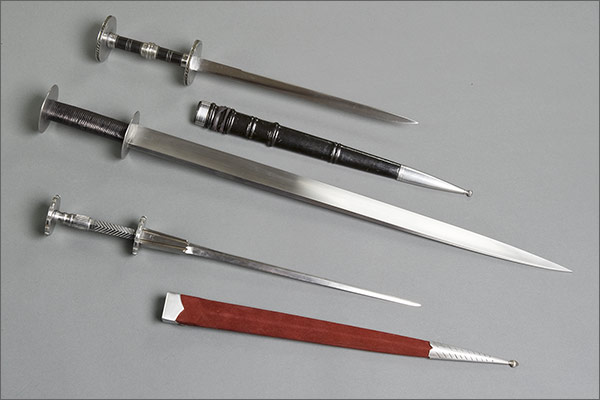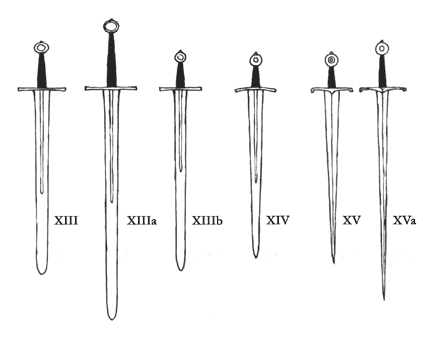So in our last blog, I took a look at building training sequences to add some context.
I picked a few plays from Fiore, and strung them together from a starting place.
The drill from last week ((((here))))started from being pounded on by some one, and closing to grapple.
In the above video, I address a number of counters that Fiore suggests. watch the video for those.
That's all in good fun, but the main point of this blog is the construction of the drill itself. Not all of you practice Armizare. So why did I go with these plays, and why did i put them in this order? Let's look at it.
The drill:
Player (bad guy): Pound on our student, right/left/right, Mkes sure the student gets hit and has to cover.
Student: Gets hit with firt one, covers up until she closes to grapple to end the beating. (video starts here)
Player: Locks in the clinch to gain advantage. Should do so with an eye to getting their own knee strike of throw, but don't execute at this level of the drill, save that for "upping" the resistance later on.
Student: Thumb to ear to create space, secures head and drives knee, eye-push, re-drives the knee.
So, why to I start with the student getting nailed in the head? Frankly, most CQC actions begin because longer range option have failed, or the attacker is jumping some one. One of the assumptions that I trust in constructing a fight is that any given person will open with their best chance to win.
For this reason, I like to build a little of that into any sequence I train.
Second Why have the player crash in? Why not just "block" the next punch? Well, for one, most of my students have minimal boxing experience, and I don't want to lead them down the garden path to their own destruction. So, I have them tie up, shutting down the pounding, and possibly buying them a moment to reorient after that first hit.
The rest of the drill is pretty straight forward, creating space through dynamic action in order to deliver increasingly powerful strikes. Even if you replace the ear gouge with a hard palm heel, the chance of a knock out is not high enough.
The student learns to follow on by moving to new positions, changing lines and targets, forcing the player to readjust and re-orientate to each step the student takes. Off-line every time is the way to think of it.
I then take that drill, one that give them a number of options, practiced in context against a resisting target, and teach the player to break each aspect of it in turn. The next level would be to run the sequence, and have the player not tell the student which play will be countered. This creates and even more dynamic energy.
The final iteration would be to have both play the roll of the player, pounding on each other in sets of three, and then instead of defending, one of them would begin the sequence. It becomes almost like sparring.
By building drills this way, a teacher can get people doing pretty advance moves in short order.
In Summary
- build drills that have context to the fight.
- create dynamic energy for your people to play off of.
- create chains of 3-4 actions so that later counters can be added "randomly" so that training partners do not grow complacent.
Write me if you have questions, if you follow my advice, please link you video here. I'd love to see you train, and so would my other readers.















 The 5th remedy of dagger is an odd duck. The "stick-up" style attack is as old as mankind, with the aggressor (agent) using a display of force to cow the defender (patient) into compliance. Despite the frequent occurrence of this action, it's hard to create a real-feeling context. With out real feeling context, a lot of folks think they can do these moves (and they can), but have no idea when to deploy them. Incorrect deployment is just as bad as doing it wrong in his case.
The 5th remedy of dagger is an odd duck. The "stick-up" style attack is as old as mankind, with the aggressor (agent) using a display of force to cow the defender (patient) into compliance. Despite the frequent occurrence of this action, it's hard to create a real-feeling context. With out real feeling context, a lot of folks think they can do these moves (and they can), but have no idea when to deploy them. Incorrect deployment is just as bad as doing it wrong in his case.



